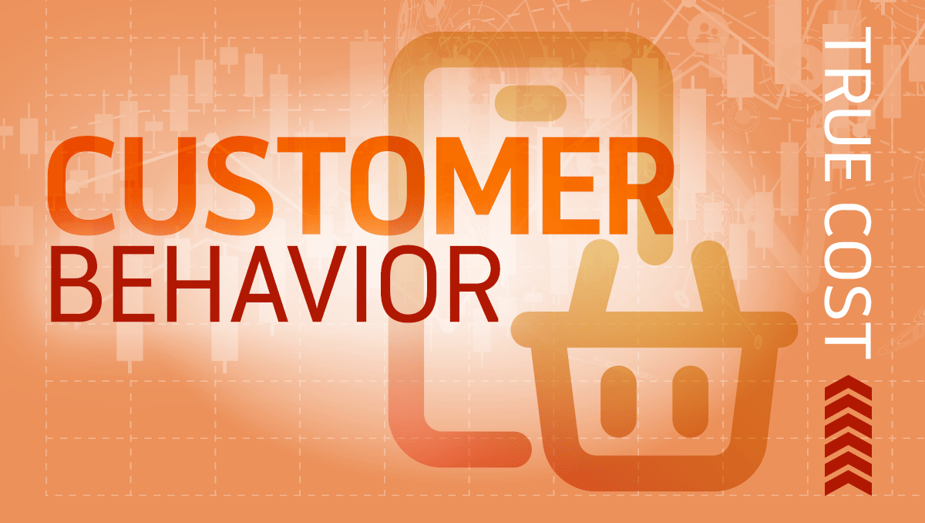
Assessing the true cost of changing customer behavior
|
Product Lifecycle Management
|
Food & Beverage
Posted By:
Trace One
The pandemic didn’t just change the way food is manufactured and distributed—it turned purchasing and marketing on their respective heads. The result? A big shift toward online marketplaces for consumers.
As Forbes Magazine explained the situation in a 2021 article, “Mass packaging lines in factories had to reconfigure their production lines to accommodate the end point of the supply chain: homes instead of restaurants.”
Online purchases of food and beverages surged between 2019 and 2020—leading to a jaw-dropping 26% increase in online-generated revenues.
But the seismic shifts didn’t end with the pandemic.
Consumption patterns indicate that initial COVID-impact trends have receded. New influences, including inflation, a tightening of household budgets, and a “trade down from premium products to more budget-offerings” are now driving spending decisions.
The only constant is change.
And all of this turmoil forces food manufacturers to continuously evaluate what they’re selling, how much they’re producing, and how they’re presenting this information to the consumers.
What’s the true cost of keeping up with evolving customer behavior?
Consider some of the factors that go into aligning market strategy with changes in how customers buy and interact with products:
- Research and development
- Compliance
- Procurement
- Packaging
- Marketing
- Transportation and delivery
It’s a complex set of variables that becomes even more challenging when you factor in overhead and other manufacturing costs.
But failure to adjust and make rapid changes can create another cost entirely, a lost opportunity—time and effort spent delivering a product when strong demand isn’t there.
One key to thriving in a dynamic market: visibility
Online ordering and curbside pickup are here to stay. New trends or recurring trends are constantly surfacing.
To stay abreast with customer behavior, today’s product managers must have visibility across the product lifecycle to survive and thrive.
As leading manufacturers have discovered, such visibility can help reduce costs and result in improved collaboration with suppliers, marketing teams, and other partners. All of which makes it easier to contain the costs associated with tracking consumer behavior.
Quantify the true cost of changing customer attitudes and preferences
A cutting-edge PLM solution can enable precisely this kind of visibility and easy access to data—even across immensely complex systems and supply chains.
As the Vice President of a food company noted in a 2022 Trace One-commissioned study conducted by Forrester Consulting, “With Trace One Devex PLM, quality assurance managers can do a lot of checks and queries and do them a lot easier. Knowing their plant’s formulae and the materials in them helps them identify what they’re looking for.”
A Director of R&D quoted in the same report added,
“We can create professional reports without people trying to work from their spreadsheets. And the report is there in 5 seconds instead of [us] needing three months to gather data.”
Trace One Devex PLM for Food & Beverage helps food manufacturers stay attuned to rapidly shifting markets and manage product lifecycles by creating data warehouses and automating the management of product-specific data.
By making it easy to connect packaging, labeling, regulatory, and other product lifecycle necessities to product development, Trace One Devex PLM—developed specifically for formula-based manufacturing—empowers manufacturers with the visibility and agility needed to stay current with constant changes in consumer behavior.
Interested in finding out how Trace One Devex PLM can help your company? Schedule a demo today.
